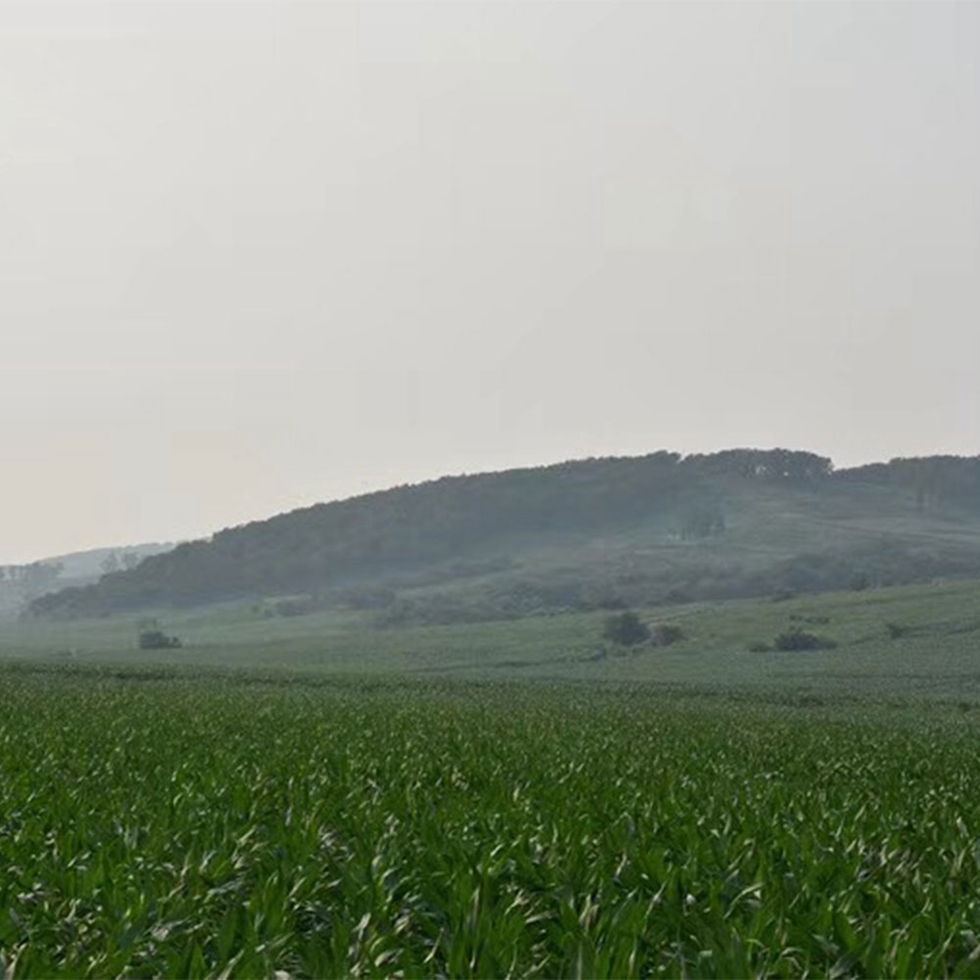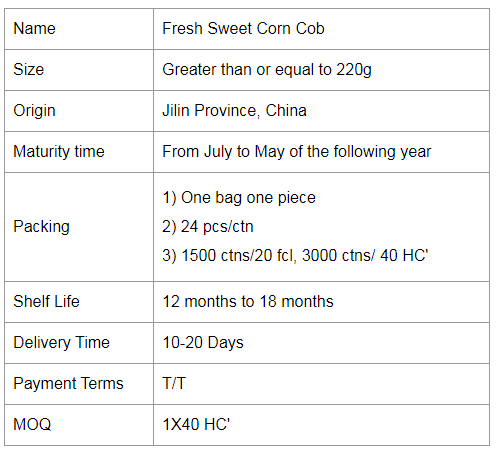After the beginning of spring, the cold has hit the livestock to keep warm again
After the beginning of spring, the weather, which should have been warming, returned to the cold, and snowy weather appeared in many places. In this cold and humid weather, livestock and poultry must not be allowed to relax. If they are careless, it will cause livestock to fall out and become ill. even death. Therefore, the author summarizes the measures for keeping warmth of livestock and poultry for reference by the majority of farmers.
House articles
Shelter is the habitat for livestock and poultry and is the first protection against cold. Management measures for housing are:
Overhauled quarters, cold and warm
The livestock and poultry pens should be frequently inspected, especially when the temperature is lowered. It is imperative that the roof is free from rain, snow, four walls, gaps, bedding and bedding. Conditional farmers and large-scale breeding farms can improve the cold insulation performance of livestock and poultry pens by setting ceilings, hanging curtains, setting wind barriers, and building plastic greenhouses. In addition, you can also use coal stoves, charcoal stoves, sawdust furnaces and other facilities to heat the house, but when using the coal furnace heating, we must pay special attention to prevent gas poisoning, heating equipment around the building should be provided with protective devices to prevent burns and livestock. Good conditions can be used to heat the young animals and young birds directly, such as hot plates, infrared lamps, and bath lights. Glass or transparent plastics should be used on windows to allow sunlight to pass through and block the heat emitted by objects in the house to form a “greenhouse effect†and raise the temperature of the house.
Elaborate management and good health
The cages should be cleaned regularly, replaced by grass, and the sewage and manure should be removed in time to reduce the amount of water in the houses. The cleared bedding and excrement should be transported out of the barn in time and be piled up or piled up in the septic tank so as to keep the pens clean, sanitary, fresh air, and dry and comfortable. In the cold and warm, we must also pay attention to proper ventilation, ventilation should be selected at noon (10:00 ~ 14:00) when the temperature is relatively high, the ventilation time should not exceed 20 minutes.
Regular disinfection, safe breeding
When temperatures drop, livestock and poultry are prone to respiratory and flu illnesses such as diarrhea, diarrhea, gastroenteritis, and epidemic gastroenteritis, as well as high incidence of viral diseases such as foot-and-mouth disease, bird flu, and swine fever. . Therefore, the livestock and poultry pens must be regularly disinfected, and the liquid medicine should be ready for use. Disinfectants can be used to disinfect the disinfectants, disinfect the king, and use Suer and quaternary ammonium salts and other disinfecting medicines, if necessary, disinfect at least once a week.
Feed articles
In addition to strengthening the enclosure insulation, in the cold season, it is also necessary to add some cold-resistant feed to livestock and poultry to enhance metabolism, enhance physical fitness, increase resistance to disease, relieve cold stress, and thus promote the growth and development of livestock and poultry.
Cold-resistant feed includes:
Distillers' grains. Including distillers grains and breweries, they are rich in protein, minerals, and a certain amount of ethanol. Distillers' grains have a high heat content and are often referred to as "hot feed" or "fire feed". They have functions of improving digestive function, strengthening blood circulation, expanding blood vessels on the body, and producing a warm feeling. They feed animals and poultry in winter. The effect of cold resistance is obvious. Distillers grains are suitable for feeding rabbits, pigs and cattle, especially for beef cattle. Brewer's grains are suitable for feeding chickens, ducks, pigs and cattle. Distillers' grain feeds have adverse effects on the function of livestock and poultry fetuses and male livestock and poultry. Therefore, it is not appropriate to feed pregnant female animals and breeding resident animals.
Root bark. The vegetable root bark contains minerals that can produce a cold-proof effect. When used as a feed, it can enhance the cold resistance of livestock and poultry. Roots such as celery root, sorghum root, spinach root, cabbage root, and roots such as carrots and sweet potatoes can be used as cold feed. When using this kind of feed, be sure to keep its skin.
Food category. Soybeans are sweet, warm and warm, containing 37.9% of crude protein. They are both excellent vegetable protein feeds and cold and warm feeds. Black beans contain 36.68% crude protein, sweet nature, sweet, fried very hot, is a good cold warm feed. The barley is sweet, warm, and has good ripening effect. In addition, rice, rice straw, etc. also belong to warm feed.
Meat category. Mutton and dog meat are high in calories and are the preferred warm and cold feed for meat and omnivorous livestock and poultry. Animal liver contains more iron (the animal is particularly cold when it lacks iron), and it is easy to absorb. In the cold season, animals and animals are properly fed with some animal livers to supplement iron and keep the cold. Freshwater prawn is warm, sweet, and is a high-calorie feed. It has the effect of invigorating the kidneys and strengthening the masculinity of males. It is suitable for the animals that suffer from fading and coldness.
Drinking articles
Low drinking water temperature can irritate the gastrointestinal tract of livestock and poultry, causing gastrointestinal diseases such as gastroenteritis, belching, diarrhea, etc. Pregnant females are also prone to miscarriage. In addition, drinking cold water also consumes many of the thermal energy of livestock and poultry, reducing the efficiency of feed utilization. The correct method is to supply enough clean and warm water and remove the remaining water in the sink. However, different animal drinking methods are also emphasized:
Cattle. The number of times a cow drinks water depends on the number of feedings. Drink twice a day to drink 3 times. Two times sooner or later, after drinking concentrate and succulent feed, drinking water, and drinking at midday before feeding in the afternoon. Please be sure to drink warm water in the cold season (appropriately 8°C).
pig. Pig winter drinking water temperature at 5 °C conducive to conservation of phlegm. The ratio of feed and water should be 1:3. If you have a dilute diet, you can drink no water; if you feed dry food, drink it after feeding.
birds. After feeding the poultry, drinking water should be placed in the drinking water equipment inside the cage or cage, so that the birds can drink and drink enough.
Grazing livestock. As the weather is cold and windy, grazing animals should be properly increased the number of drinking water, it is best to drink clean wells, and are now playing to drink. The snowy weather must be careful not to drink ice water and arsenic snow.
In addition to the above-mentioned feeding and management measures, cold weather should also appropriately increase the stocking density of domestic livestock and poultry to increase the heat source without affecting the management and hygiene conditions.
Fresh Single Packed Sweet Corn
Jilin Province Agricultural Sister-in-law Food Co., Ltd. was established in 2012 and has been in the export business since 2012. We mainly export to 16 countries all over the world.
About our main product - Corn
Corn is a kind of food that is often encountered in daily life, and it is also a kind of food to supplement the diet. Its edible benefits are as follows:
1. The fiber content of a cup of corn is 18.4% of the recommended daily amount. This helps reduce digestive problems such as constipation and hemorrhoids.
2. Corn is rich in minerals, which are beneficial to the human body in many ways.
3. Corn is a rich source of calories and is the main food in the diet of many people. The caloric content of corn is 342 calories per 100 grams, which is the highest among grains.
4. The health benefits of corn include controlling diabetes, preventing heart disease, and reducing high blood pressure.
5. Contain a lot of vitamin B group, vitamin B is called happiness factor in medicine, so eating corn can improve depression.
6. Corn not only provides necessary calories for healthy daily metabolism, but also a rich source of vitamin A, vitamin E and many minerals



If you have any questions, please contact us directly. If you have any questions, please email us directly.
Sweet Corn Cob,Yellow Sweet Corn,Sweet Corn,Fresh Corn On Cob
Jilin Province Argricultural Sister-in-law Food Co., Ltd. , https://www.nongsaocorns.com